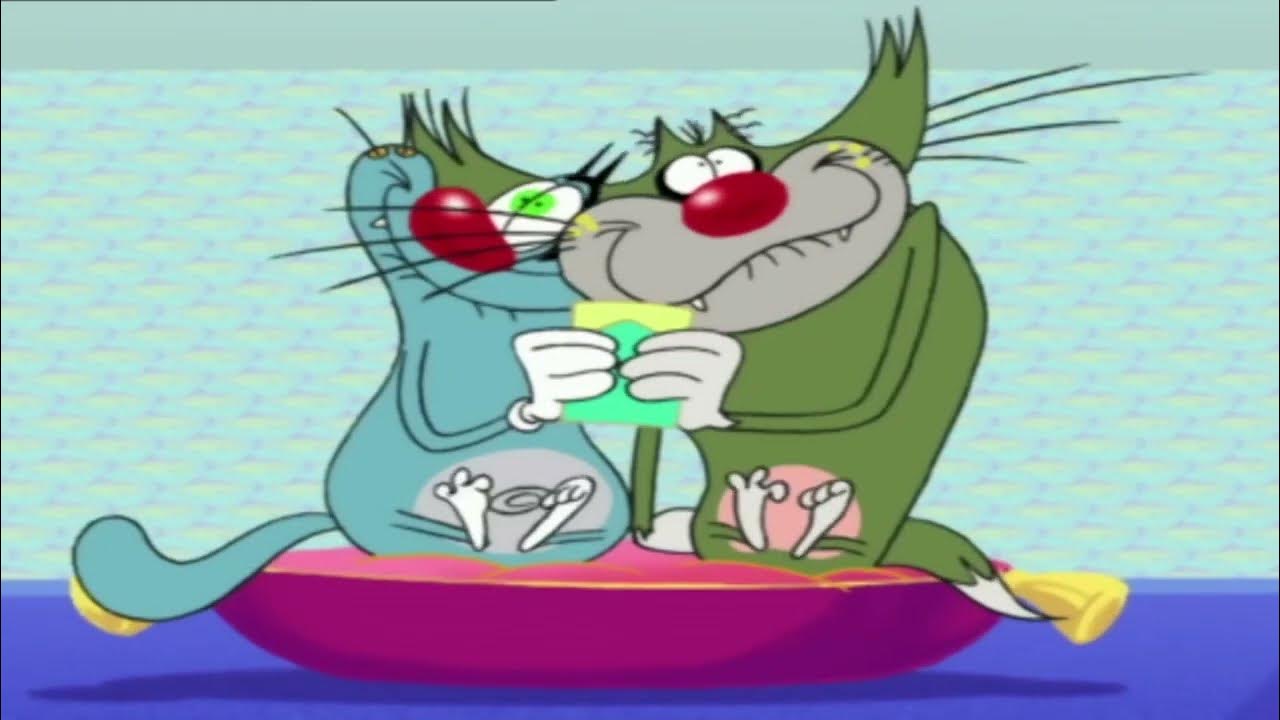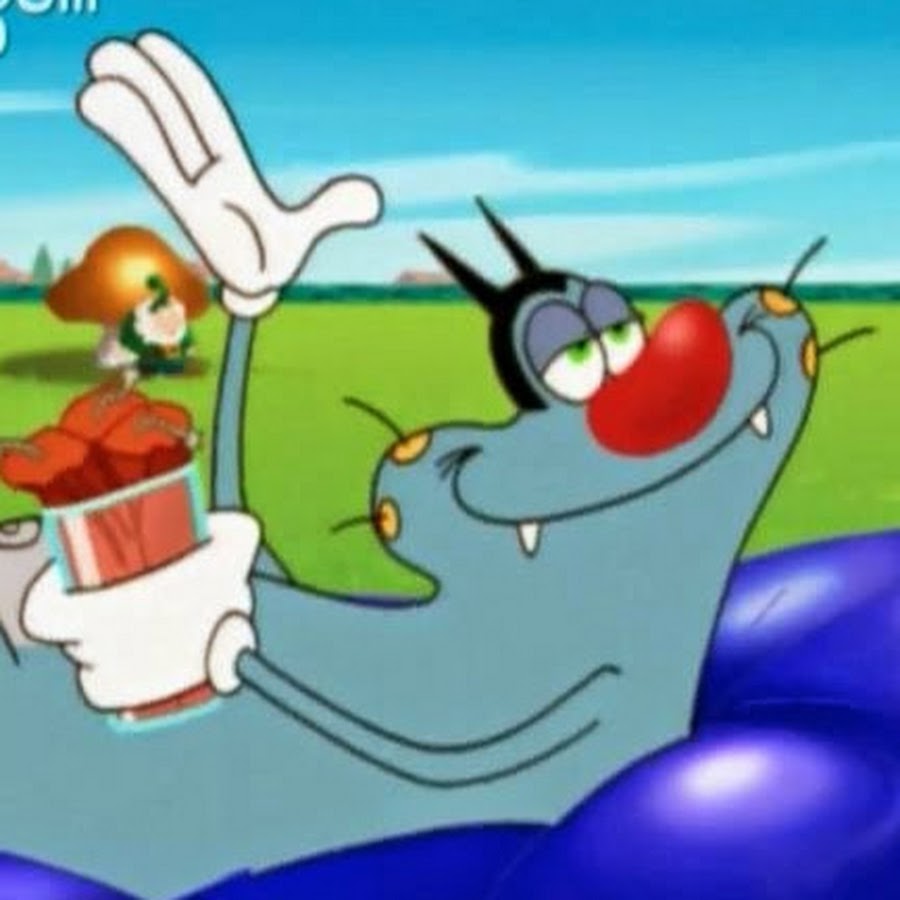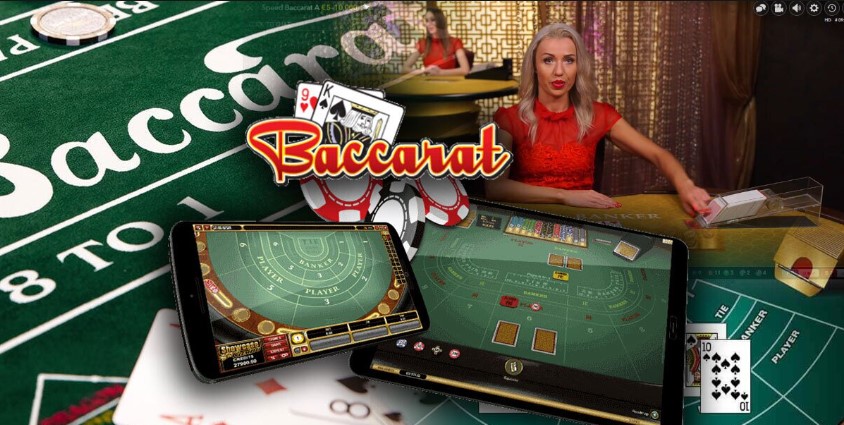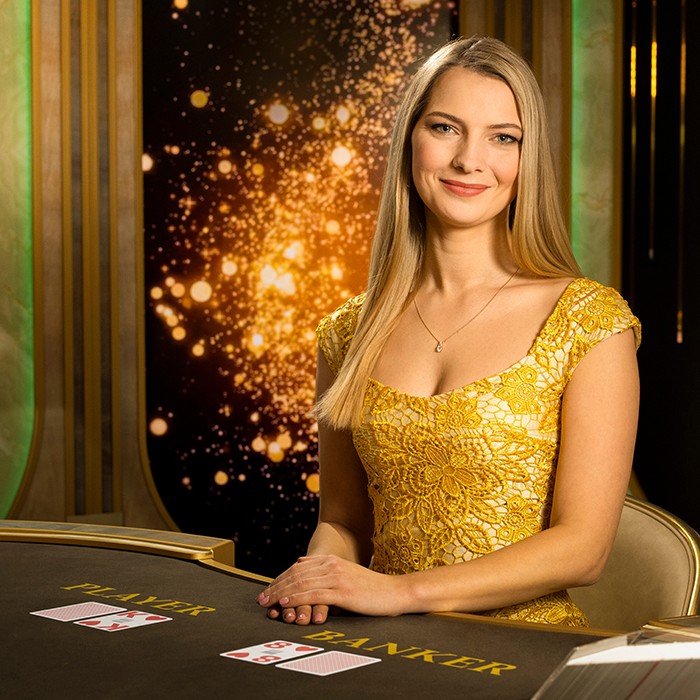Get Your Oggy Lottery Ticket Easily at Jili777
A Formal Academic Analysis of the "Casino" Episode in Oggy and the Cockroaches jili777


Abstract
This article provides an in‐depth examination of the “Casino” episode from the animated series Oggy and the Cockroaches. It outlines the narrative structure, thematic elements, and production details, offering insight into how the episode’s depiction of gambling and chaos reflects broader cultural and regulatory issues. The analysis highlights key plot points, character dynamics, and production trivia in a structured academic format.
1. Introduction
The Oggy and the Cockroaches series is renowned for its slapstick humor and imaginative scenarios. One of the series’ notable episodes, titled “Casino,” serves as a critical case study in the portrayal of gambling and its associated risks within animated narratives. This article aims to formalize the narrative and production elem
2. Episode Overview and Context
2.1 Episode Placement and Airdate
The “Casino” episode is identified as the eighth installment of Season 3, with its original airdate recorded on October 25, 2008. A subsequent remake of the episode was broadcast on May 30, 2017, as part of a carousel series. These dual presentations underscore the episode’s enduring relevance and the evolving aesthetic approaches in animated storytelling.
2.2 Narrative Premise and Key Characters
In “Casino,” the central narrative revolves around Oggy’s receipt of a paycheck, which is promptly exchanged for casino chips by the character Jack. The episode introduces several key keywords such as “casino,” “gambling,” “roulette,” and “slot machine,” which are integral to its plot. The characters—Oggy, Jack, and the ever-mischievous cockroaches—drive the narrative, with each contributing to the thematic exploration of risk, chance, and chaos in the gambling environment.
ents of the “Casino” episode, discussing its significance within the series’ broader context.
3. Plot Analysis
3.1 Casino Setting and Gambling Dynamics
The episode establishes a casino setting where gambling is portrayed as both an opportunity for fortune and a catalyst for disorder. Oggy trades his paycheck for chips, initiating a sequence of events that includes roulette betting and slot machine play. Notably, Oggy experiences a jackpot moment that is quickly subverted by the theft of his winnings by the cockroaches, thereby reinforcing the theme of unpredictable luck.
3.2 Character Interactions and Symbolism
Jack’s role is pivotal; he not only facilitates Oggy’s entry into the casino environment but also becomes entangled in the ensuing chaos. The narrative employs symbols such as casino chips and roulette numbers (e.g., bets on number 4 and number 12) to underscore the inherent risks associated with gambling. Furthermore, the episode’s climax—marked by physical altercations, the destruction of gaming machines, and the eventual forced removal of Oggy and Jack—symbolizes the futility and volatility of chance-based endeavors.
4. Production and Creative Elements
4.1 Authorship and Storyboarding
The “Casino” episode was written by Hugo Gittard and storyboarded by Fred Mintoff. These production details are critical in understanding the creative vision behind the episode. The narrative and visual styles are reflective of a deliberate effort to merge humor with commentary on gambling, thereby enriching the episode’s multi-layered narrative.
4.2 Cultural Reception and Regulatory Considerations
An interesting facet of the episode’s reception is its ban in several Muslim-majority countries, where gambling is considered haram (forbidden). This regulatory decision emphasizes the cultural impact of the episode and highlights the tension between artistic expression and societal norms. Additionally, production trivia notes that certain makeup scenes were later repurposed in another series installment, “Mister Cat,” indicating a resourceful approach in animation production.
5. Discussion
The “Casino” episode exemplifies how animated series can incorporate complex themes such as gambling, risk, and cultural controversy within a humorous framework. The interplay between character-driven narratives and symbolic representations of casino games invites scholarly discussion on the portrayal of chance in media. Moreover, the episode’s dual release and subsequent remake reflect its adaptability and continued relevance in animated storytelling.
6. Conclusion
In summary, the “Casino” episode of Oggy and the Cockroaches offers rich material for academic inquiry, merging narrative humor with thematic exploration of gambling and its broader cultural implications. The structured chaos and character interactions within the casino setting underscore the delicate balance between fortune and misfortune, ultimately serving as a commentary on the unpredictability of risk.



